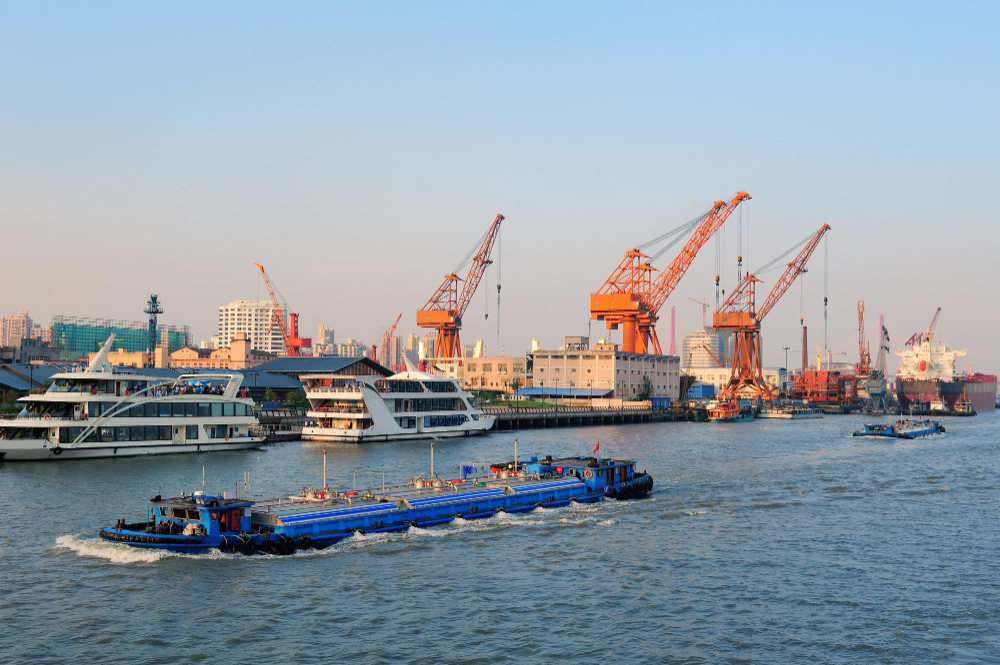Global trade agreements are essential for international commerce because they help move goods and services between countries. The maritime sector not only supports the economy by enabling trade but also provides employment opportunities and fosters regional development. This article explores the impact of global trade agreements on sea freight services in the Philippines, examining current trends and their implications for the industry.
Current Trends in Global Trade Agreements
Regional Trade Liberalization
The Philippines has participated in several regional trade agreements that encourage economic integration and reduce trade barriers. Some of the key agreements include the ASEAN Free Trade Area, which eliminates tariffs among member states, and the Regional Comprehensive Economic Partnership. This increases commercial ties with big economies including China, Japan, and South Korea.
These agreements have increased trade volume and diversified trading partners to significant levels for the Philippines. Lower tariffs mean that businesses can bring in raw materials cheaper, thereby making them competitive. Exports also find easier access to foreign markets so that the local producers can reach a wider market.
Increased Competition in Shipping
Competition becomes more intense when trade barriers lessen. The opening of trade routes has brought into the Philippine market a lot of domestic and foreign shipping lines. More competition means lower shipping rates and better quality service as each tries to attract customers.
However, at the same time this competitive environment creates problems for shipping companies. To restore cost rates from fleet maintenance and some operational costs, shipping companies resort to additional surcharges. Local operators have to improve their service offerings and use innovative practice to compete with such one-time surcharges.
Regulatory Changes Affecting Shipping
The regulatory changes, in the past few years, have changed the face of the Philippine shipping landscape. Amendments in the Public Service Act now enable foreign entities to invest in local shipping operations. This change intends to modernize the industry with foreign investment capable of improving its capacity and quality of service.
These changes now enable local shipping companies to do business with foreign partners, gain best practices, and use the latest technologies.
Technological Advancements in Maritime Logistics
The technological input in the maritime sector has been massive, changing the way goods are being transported. One of the trends has been the increasing use of larger ships to carry more cargo at a cheaper cost per item. Mega-ships require more ports that have adequate infrastructure for carrying loads in and out with fewer losses and human errors.
Other than larger vessels, improvements in logistics technology have been improving operational efficiency. Such technologies as real-time tracking systems help shipping companies closely monitor cargo movements, increasing transparency and minimizing delays.
Sustainability and Compliance Challenges
As people recognize the importance of environmental issues more and more, following international standards in maritime sectors is becoming paramount. The regulations established by IMO regarding the mitigation of greenhouse emissions from ships require shipping companies of the world to adopt more ecological practices.
For the Philippines, it is essential to adhere to these standards to maintain access to global markets. Non-compliance could lead to penalties or restrictions that may impede trade opportunities. Therefore, local shipping companies must invest in cleaner technologies and practices while ensuring that they meet international environmental regulations.
Implications for Sea Freight Services in the Philippines
Infrastructure Development Needs
The Philippines needs to invest in its port infrastructure urgently to take full advantage of global trade agreements. Many ports face capacity constraints that limit their ability to handle increased cargo volumes resulting from expanded trade activities.
Huge backlogs have been experienced in major ports, such as Manila International Container Port, which affects the supply chain if not cleared immediately. Upgrading existing terminals and establishing new ones will be vital to handling large vessels within a competent turnaround time. Investment in modern cargo handling equipment and digital systems can improve the efficient operation of ports.
Market Opportunities for Domestic Operators
Trade opens many new channels for domestic shipping operators. Domestic firms can penetrate new markets since trade agreements result in opening previously closed markets through exports. A firm can hence generate more diverse sources of revenues and reduce their dependence on normal markets.
Local operators must be keen to strengthen their service offering and embrace other best practices for improving their businesses, which ought to be akin to international business practices.
Human Resource Development in the Maritime Sector
Today, shipping companies and operators are turning to new technologies to update operations, and in response, a need for workers skilled in various fields is gaining momentum. The Philippines has been on the list as one of the top suppliers of skilled seafarers but now needs active training programs with workers who should be equipped for effective operation.
Investing in human resource development is critical for ensuring that Filipino workers remain competitive in an evolving industry landscape. Educational institutions and industry stakeholders should collaborate to create training programs that address current skills gaps while preparing future generations for careers in maritime logistics.
Key Takeaway
The impacts of global trade agreements on sea freight services in the Philippines are myriad and foundational. Through such agreements, the effects are distributed on regional trade liberalization, increased competition among shipping companies, regulatory changes, technological improvements, and sustainability awareness in the maritime industry.
It is now time for stakeholders to acknowledge that there are opportunities and challenges in this trend of integration of the Philippine economy with global markets. Investment in port infrastructure, upgrading quality of service among local operators, and training workers’ skills would be essential elements of ensuring success for this integration.

